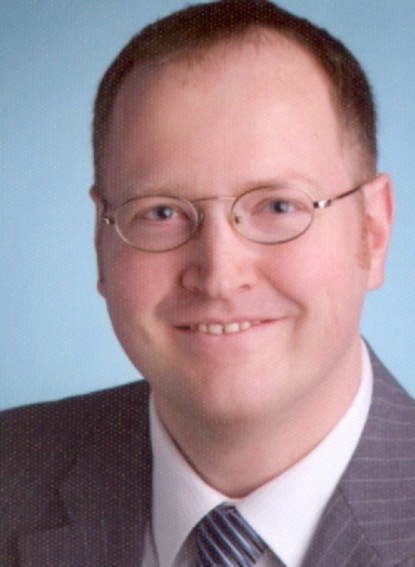Collaboration partners
-
NuSTAR Collaboration at FAIR
NuSTAR.de offers a networking platform to the German universities, which are engaged in basic research at the large research facility FAIR (Facility for Antiproton and Ion Research) in Darmstadt, within the international NUSTAR (Nuclear Structure, Astrophysics and Reactions) collaboration. Therefore, NuSTAR.de serves the coordination of contributions from the German university groups to planning, construction, and scientific use of the NUSTAR experimental facilities at FAIR.
Funding
-
BMBF Integrated Research NUSTAR.DA
The BMBF is funding research activities within the international NUSTAR collaboration, which are in direct connection with the FAIR facility, which is constructed at GSI near Darmstadt. This also includes numerous projects at other research facilities, where experimental techniques and technologies are developed, which later will be used at FAIR. Herein, the research groups of TU Darmstadt have leading roles in a number of FAIR relevant projects. For example, preparatory experiments of the R3B and the HISPEC/DESPEC collaborations are presently conducted at the Japanese large research facility RIKEN-RIBF in Tokyo. The conditions here are very similar to those expected at FAIR, where the reach of experimentally accessible atomic nuclei will yet further be expanded.
-
Cooperation Contract TU Darmstadt – GSI
Cooperation Contract between TU Darmstadt and GSI Helmholtz Research Center for Heavy-ion Research.






